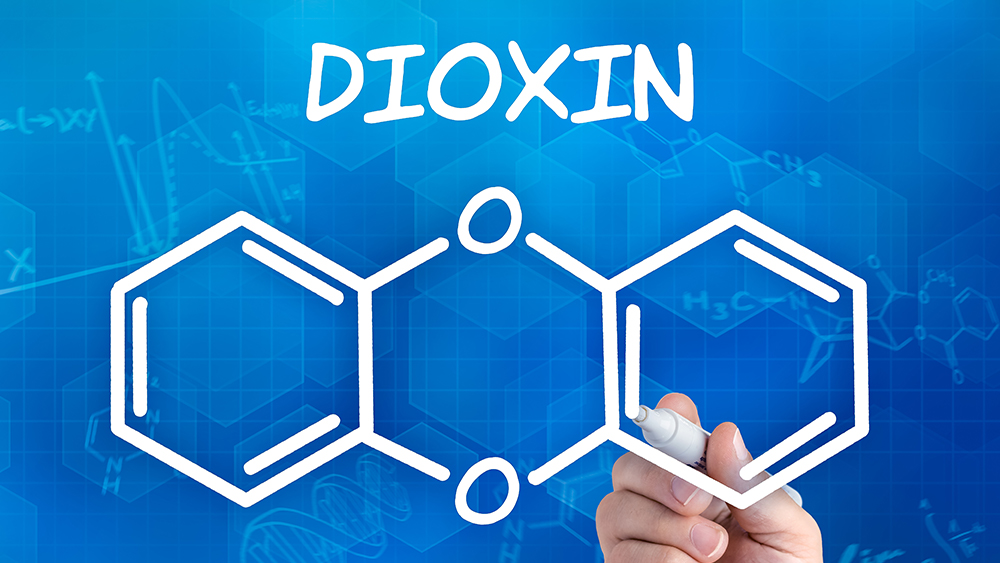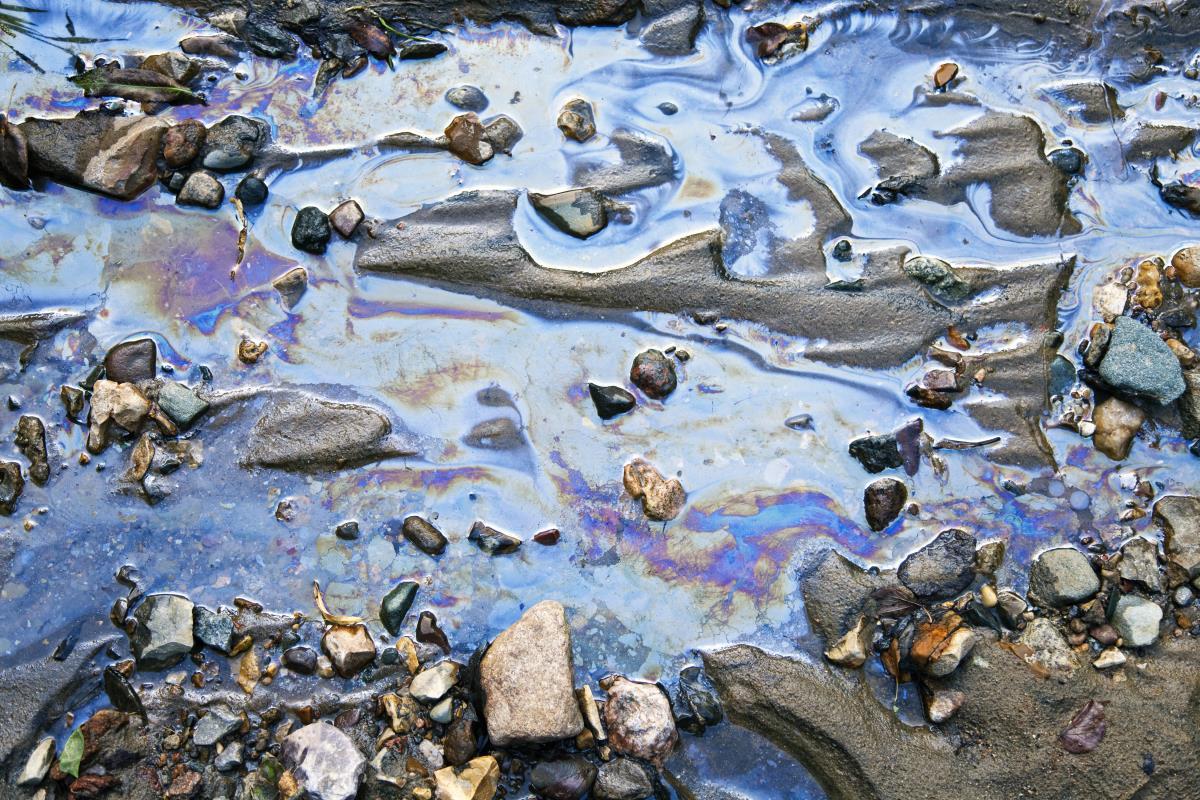POST-PALESTINE MUTANTS: Dioxin exposure causes extremely dangerous, long-term DNA mutations
02/23/2023 / By Lance D Johnson
Industrial processes, house fires, and trash burns produce dangerous chemical byproducts and persistent organic pollutants (POPs) that can be inhaled, ingested, or absorbed. Some of these chemicals can bio-accumulate and cause DNA mutations in humans. These chemicals can disrupt hormones, cause cancer, and lead to fetal malformations. The DNA damage from these chemicals can even be passed down to future generations.
These POPs include organochlorine pesticides, polychlorinated biphenyls (PCBs), chlorinated dibenzo-p-dioxins (CDDs) and dibenzofurans. These different classes of dioxin are the byproducts that come from the combustion of polyvinyl chloride (PVC) and other plastics and chlorinated compounds. There are 75 different dioxins known to man. Many household items contain PVC, but they don’t release dioxins unless they are burned. Dioxins form when products that contain carbon and chlorine are burned. This may include paper, plastic, pesticides, herbicides and various medical and household supplies.
The burning of chlorinated compounds is a top cause of cancer
The 1.1 million pounds of vinyl chloride that were deliberately burned in East Palestine, Ohio unleashed dioxins into the atmosphere, the soil, and the groundwater. High heat incineration over 1550°F is the only way to properly degrade vinyl chloride and break down the dioxins into inert substances; however, no effort was made to safely dispose of the vinyl chloride after the train derailment.
One of the most dangerous forms of CDDs is 2,3,7,8-tetrachlorodibenzo-p-dioxin (TCDD). This chemical causes extremely dangerous, long term DNA mutations in animals and humans. The ecological disaster that took place in East Palestine, Ohio will inevitably expose the surrounding communities to DNA mutations. Cancer clusters are likely to crop up in the area, and childhood cancers will inevitably result in the future.

TCDDs readily enter the bloodstream of humans because they adsorb and chemically bond to smoke, soot, and ash that blows through the air. When a person breathes in the smoke, the TCDDs (often less than 3 microns in size) readily bypass the lungs and enter the bloodstream. Once inside the bloodstream, the TCDDs inflict harm on the DNA of any unprotected cell in their path. TCDDs can also enter the body dermally and through the eyes.
The range of health problems associated with dioxin exposure is vast. These include cancer, birth defects, cardiovascular disease, diabetes, skin lesions, altered metabolism, low thyroid hormones, low testosterone, endometriosis, immune dysfunction, infertility, and liver dysfunction.
Dioxins cause trans-generational DNA damage
Dioxins bind to intracellular proteins called aryl hydrocarbon receptors (AHR). Once bound, the dioxin can alter the expression and/or function of certain genes. This disrupts the normal cell cycle and causes adverse health effects.
The trans-generation DNA damage caused by dioxins was observed in a 2012 study on rats. Dioxins harmed the first-generation rats and caused further DNA damage to their unexposed descendants through epigenetic mechanisms. Michael Skinner, Ph.D., a professor in the Center for Reproductive Biology at Washington State University, discovered that “exposure to dioxin caused changes in the DNA methylation patterns of sperm that were transmitted across generations to affect the health of multiple generations of descendants. The grandchildren of exposed rats showed dioxin-induced effects ranging from polycystic ovarian disease to kidney disease. Due to its extremely long half-life, dioxin may still affect pregnancies occurring even 20 years after exposure.”
TCDD is listed as a teratogen on the Special Health Hazard Substance List. This means TCDD can cause birth defects following fetal exposure during pregnancy. Newborns are highly susceptible to the endocrine disrupting properties of TCDDs. By disrupting a child’s hormones, TCDD can harm a range of natural functions, including respiration, metabolism, sexual development, sensory perception, and growth.
There is no antidote for dioxin exposure, especially once DNA damage has already occurred. Once dioxins are internalized and incorporated into fatty tissue, adipose tissue, and in the hepatic lipid stores, they will cause reoccurring toxicity over the next four to fifteen years of a person’s lifetime.
Sources include:
Submit a correction >>
Tagged Under:
This article may contain statements that reflect the opinion of the author
















